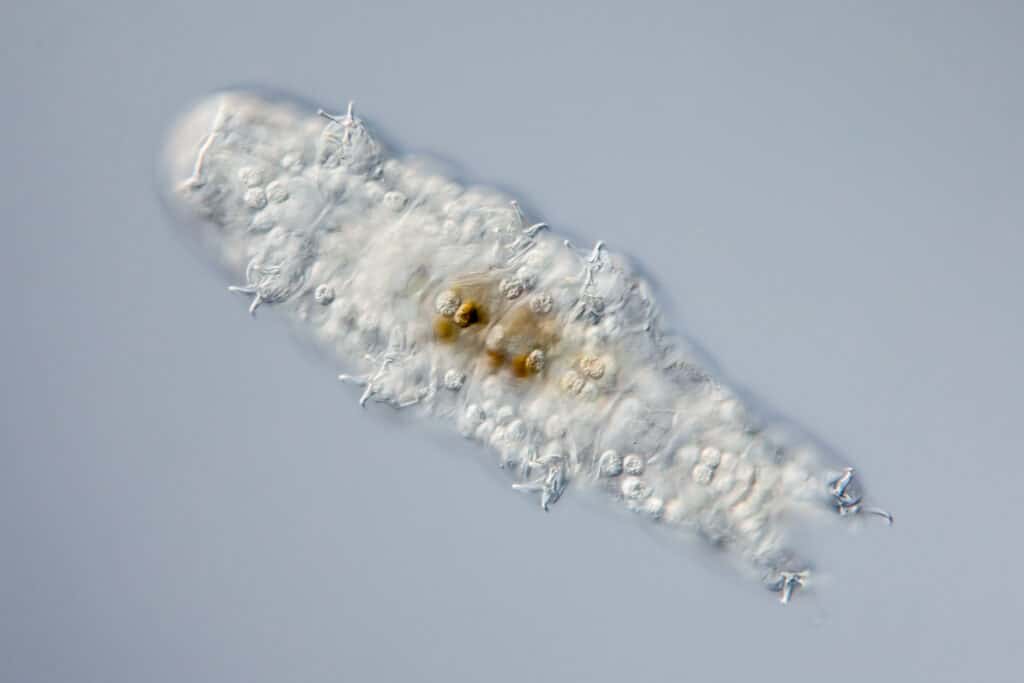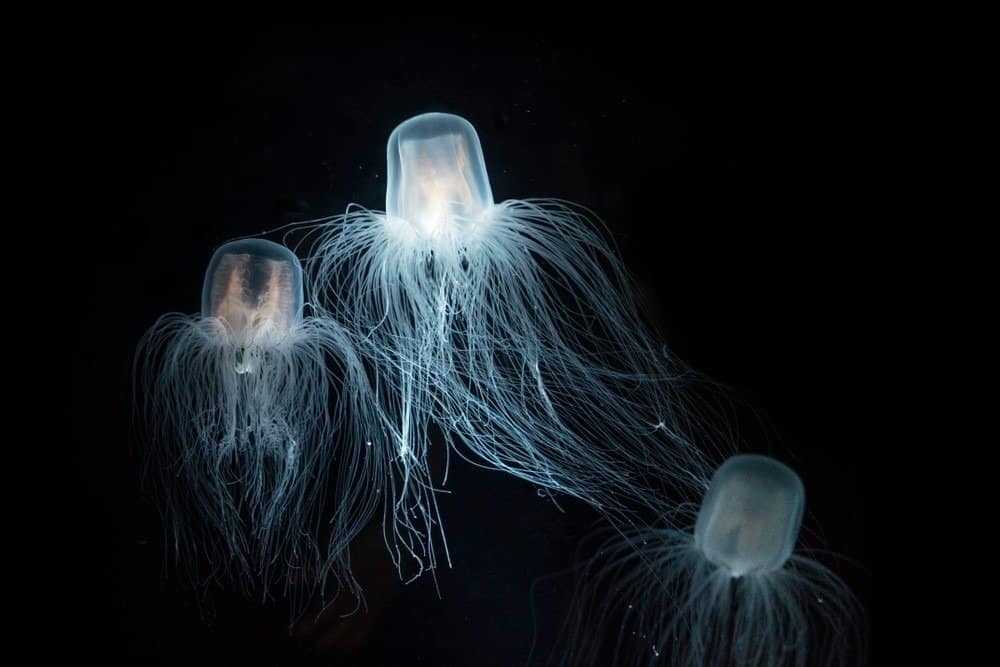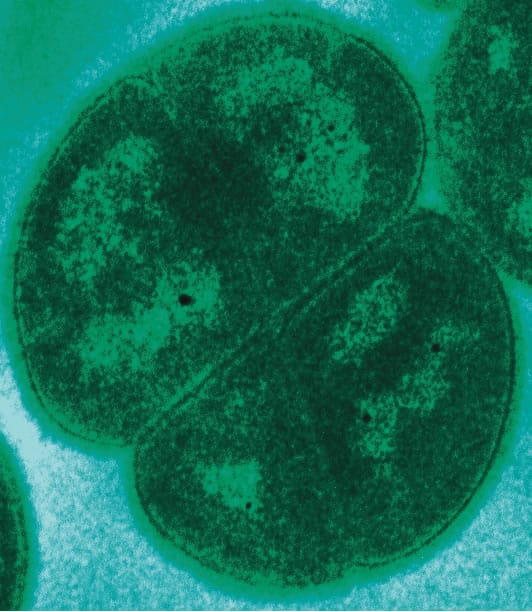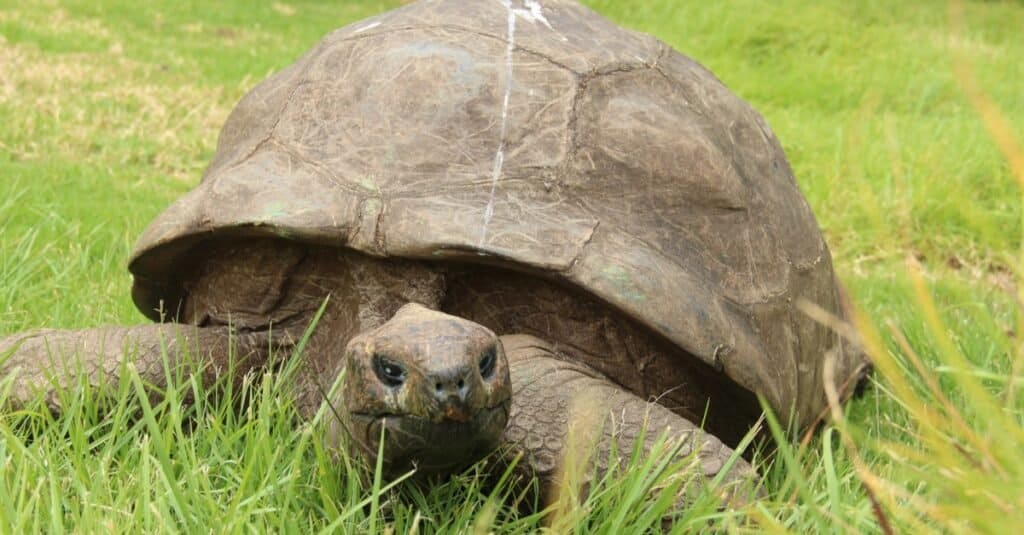Some people would love to be immortal while others fear the idea of everlasting life. Luckily (or not, for some) that’s not an issue any human is going to have to worry about, ever. However, in the animal world, there are some creatures that seem to have the possibility of living forever. Scientists study these animals closely to learn the secrets of their longevity, and to find out if the key to their long lives may have any application to help humans with their own aging processes. Here are five animals that are nearly immortal.
1. Tardigrades
This animal might just be the most hearty animal in the world, and it is certainly the one that comes closest to immortality. Tardigrades are microscopic animals that can be viewed under low-power microscopes, so even students in a classroom can take a look. Other names for tardigrades include water bear or moss piglet. These tiny creatures are found in almost every type of natural environment from Antarctica to mountaintops to rainforests. They are even found deep in the ocean. They can survive the most intense conditions like extreme temperatures, extremely high or low pressure, starvation, and even radiation exposure.
These creatures have survived all five global mass extinction events due to their ability to withstand temperatures between -460°F and 300°F, low oxygen levels at 20,000 feet elevation, high pressure at -13,000 feet under the sea, and even the vacuum of outer space! You can boil, freeze, and even dehydrate a tardigrade and then bring it back to life.
Tardigrades can suspend all their biological processes to withstand less-than-optimal conditions. For example, they can go without food or water for 30 years. Without this pause, also known as cryptobiosis, most tardigrades only live for up to 2.5 years. However, if they go into this state of stasis several times throughout their life, they can live for decades.
Experts believe that tardigrades have been around on planet earth for the past 541 million years, since the Cambrian era, but they also think that tardigrades will probably still be here long after we humans are gone.

Tardigrades are microscopic animals that can suspend all their biological processes to withstand less-than-optimal conditions.
©Lebendkulturen.de/Shutterstock.com
2. Immortal Jellyfish
The immortal jellyfish, also known as the Benjamin Button jellyfish, has an amazing feature that does give it a sort of immortality. It does technically have an indefinite lifespan due to its ability to regenerate if it becomes injured, starves, or starts to die. They also go through a regeneration process after reproducing. The only way this type of jellyfish will truly die is if it is eaten, if it gets a disease, or if it dries out.
When this type of jellyfish gets injured, reproduces, or is in a state of starvation, it goes through a process called transdifferentiation. During this process, the jellyfish returns to its immature polyp stage to begin the life cycle over again. This process has only been observed in captivity, not in the wild. Because of this unique ability, the immortal jellyfish does not have a defined lifespan. Theoretically, it really could live forever. No one knows just how old the oldest immortal jellyfish on earth is.

The immortal jellyfish has an indefinite lifespan due to its ability to regenerate.
©Fon Duangkamon/Shutterstock.com
3. Deinococcus radiodurans
This is a type of bacteria that does not cause any disease. It can not only survive intense amounts of radiation, but it can also die and come back to life, which is how it got its nickname “the Lazarus microbe.” Scientists are studying the mechanisms behind this bacteria’s miraculous regeneration to see if it could have any applications for humans to prolong life or reduce the impact of certain diseases.

can die and come back to life.
©Credit: TEM of D. radiodurans acquired in the laboratory of Michael Daly, Uniformed Services University, Bethesda, MD, USA. http://www.usuhs.mil/pat/deinococcus/index_20.htm, Public domain, via Wikimedia Commons – Original / License
4. Tortoises
Some tortoise species can live to be 150 years old, or even older. Scientists who have studied tortoise DNA have learned their genomes have adaptations to reduce the risk of cancer, repair their DNA, and help with immunity to diseases. These factors help them to live naturally well into their mid to late 100s. The oldest known tortoise on planet earth right now is a Seychelles giant tortoise named Jonathan. He lives in St. Helena, which is a British Overseas Territory. He was brought to the island from Seychelles and hatched around 1832!

The oldest known tortoise currently is a Seychelles giant tortoise named Jonathan who was born in 1832.
©Snapper Nick/Shutterstock.com
5. Lobsters
Did you know lobsters can live to be over 100 years old? If you like to eat them, you don’t have to worry about eating a 100-year-old crustacean. Most of the lobsters you see in the store or at a restaurant are between five and seven years old. Lobsters never stop growing. Once they are adults, every two years or so they molt and grow a new shell to house their larger body. So the oldest lobsters are also the largest. The biggest lobster ever found was about four feet long. The heaviest lobster ever found weighed more than 44 pounds.
Experts believe the secret to the lobster’s long lifespan lies in where it lives. Lobster species that live in warmer climates have much shorter lives. Those that live in colder waters, like the American lobster, are the ones with the potential for extremely long lives. The warm water speeds up their metabolisms, shortening their lifespans. So, lobsters don’t quite live forever, but they can live for a pretty long time (longer than most humans!)

Lobsters can live to be over 100 years old.
©davemhuntphotography/Shutterstock.com
Up Next
Thank you for reading! Have some feedback for us? Contact the AZ Animals editorial team.








